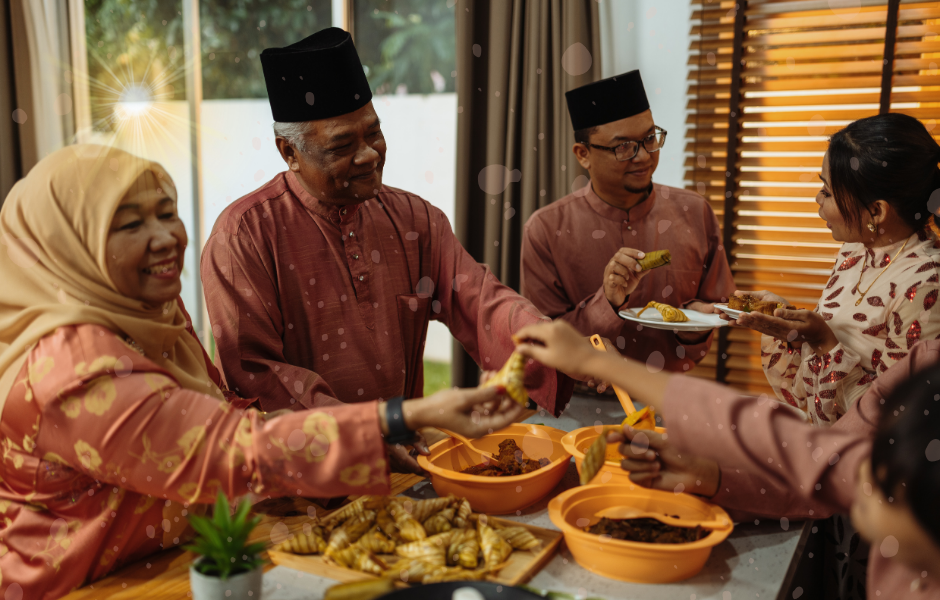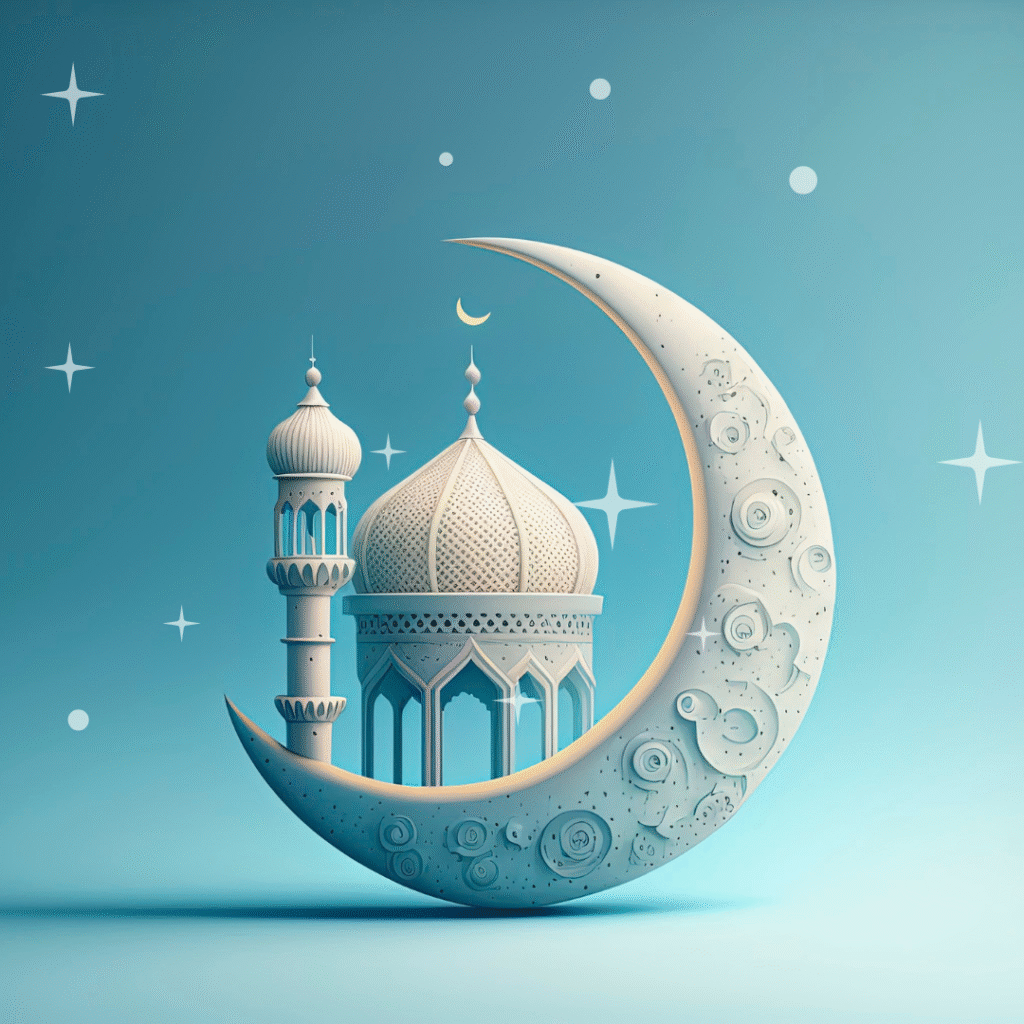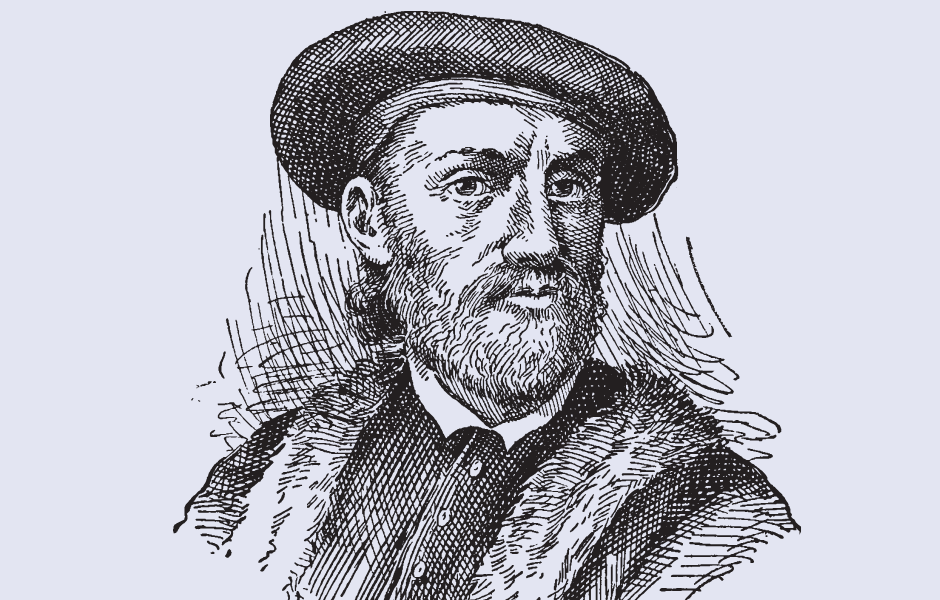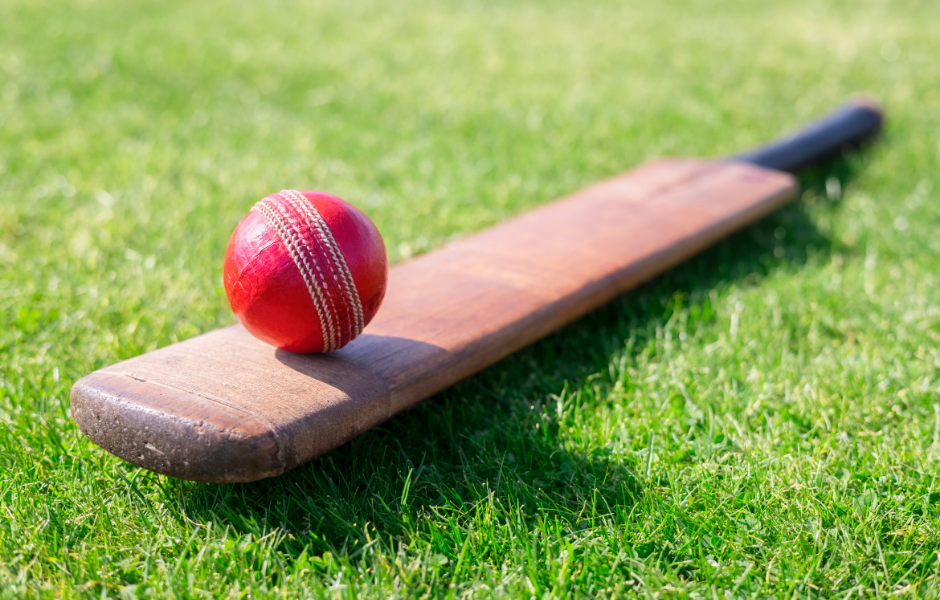
This children’s article, Why are there two Eids?, has been written for native English speakers and learners of English as a second or foreign language. It helps children practise reading and comprehension, learn exciting vocabulary, and explore two important celebrations in Islam. Written by Mark Pulley, a teacher and writer who creates fun and informative news articles for English learners.
Two Eids? Yep, and both are awesome!
Unlike Christmas, Diwali, Halloween, and many other famous annual celebrations, there are two big Eids every year in Islam: Eid al-Fitr and Eid al-Adha.
Both Eids are times for celebration, food, family, and fun. But they happen at different times and for different reasons. Let’s take a closer look!
Eid al-Fitr: the party after the fast
Imagine not eating all day for a whole month. That’s what many Muslims do during Ramadan, the month of fasting. Then, when the new moon is spotted at the end of Ramadan, it’s time to celebrate! That’s Eid al-Fitr, also called the “Festival of Breaking the Fast.”
It’s like a big reward at the end of a month of patience and prayer.
How do people celebrate Eid al-Fitr?
On the morning of Eid al-Fitr, people wear their nicest clothes—often new—and head to the mosque for a special prayer. But first, they eat something sweet like a date and say a short prayer called a takbeer.
Then it’s time for visiting family and friends, giving gifts, and sharing delicious food. There’s also a special donation called Zakat al-Fitr, which helps others enjoy Eid too.
In some countries, Eid lasts just one day. In others, the fun continues for up to three!
Eid al-Adha: the big one with the big story
Eid al-Adha is sometimes called the “Greater Eid.” It remembers a big moment in Islamic history, when the Prophet Ibrahim showed his trust in Allah by being willing to make a huge sacrifice. At the last moment, Allah replaced his son with a ram, and that’s why people remember the story with respect and love.
What happens during Eid al-Adha?
This Eid happens about two months after Eid al-Fitr, during a time when many Muslims go on a once-in-a-lifetime trip called Hajj, to the city of Mecca in Saudi Arabia.
On Eid al-Adha, families go to prayers, spend time together, and often share food with others, including those who might not be able to afford it. It’s a day for kindness, community, and remembering an important story of faith.

Article vocabulary list
- Eid – A special celebration in Islam
- Ramadan – A holy month when Muslims fast during the day
- Fast – To not eat or drink for a time
- Zakat al-Fitr – A gift of food or money to help others celebrate Eid
- Takbeer – A short prayer praising God
- Hajj – A holy journey to Mecca that Muslims try to do once
- Sacrifice – Giving something up for a bigger reason
- Ibrahim – A prophet in Islam who showed great faith in Allah
Comprehension questions
Just click the plus (+) to see the answer
1. What does the word “Eid” mean?
a) Holiday
b) Feast or festival
c) Prayer
Answer: b) Feast or festival
2. What happens during Ramadan?
a) People give gifts
b) People fast during the day
c) People travel for Hajj
Answer: b) People fast during the day
3. What sweet food do many people eat before Eid al-Fitr prayers?
a) Cake
b) Dates
c) Apples
Answer: b) Dates
4. Why is Eid al-Adha celebrated?
a) To start the new year
b) To remember Ibrahim’s trust in Allah
c) Because Ramadan ends
Answer: b) To remember Ibrahim’s trust in Allah
5. What special trip happens around Eid al-Adha?
a) A trip to the mosque
b) A visit to family
c) The Hajj pilgrimage
Answer: c) The Hajj pilgrimage

Mark is a writer and EFL teacher from England with eight years’ experience. He’s passionate about travel, sport (especially football), animals, nature, and history, and enjoys helping children explore the world through language and learning.




